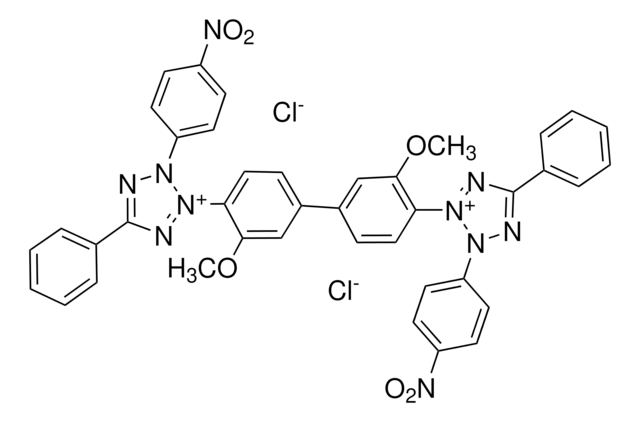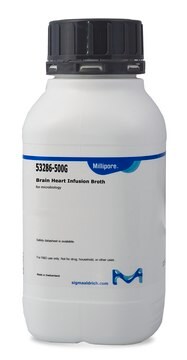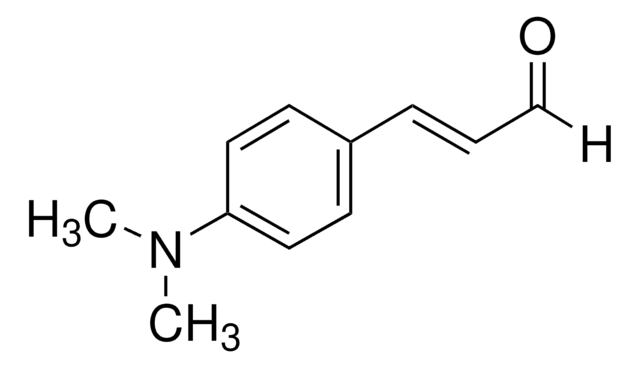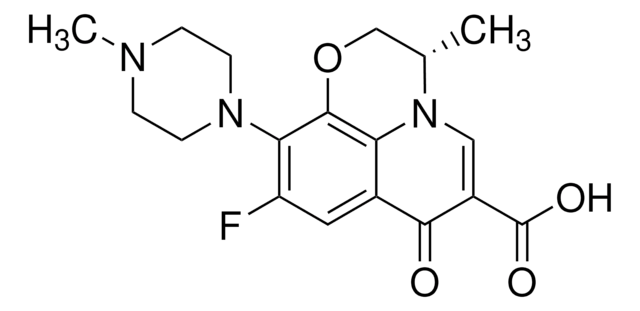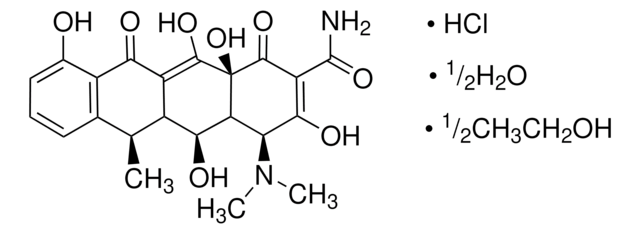P5891
L-Pyroglutamic acid 2-naphthylamide
≥99% (TLC), suitable for ligand binding assays
Synonym(s):
L-Pyroglutamic acid β-naphthylamide, L-Pyrrolidonyl-β-naphthylamide, N1-(2-Naphthyl)-L-pyroglutamic acid, PYR
About This Item
Recommended Products
product name
L-Pyroglutamic acid 2-naphthylamide, ≥99% (TLC)
assay
≥99% (TLC)
form
powder
technique(s)
ligand binding assay: suitable
color
white to off-white
storage temp.
2-8°C
SMILES string
O=C1CC[C@H](N1)C(=O)Nc2ccc3ccccc3c2
InChI
1S/C15H14N2O2/c18-14-8-7-13(17-14)15(19)16-12-6-5-10-3-1-2-4-11(10)9-12/h1-6,9,13H,7-8H2,(H,16,19)(H,17,18)/t13-/m0/s1
InChI key
BZEPQNMASTUAMY-ZDUSSCGKSA-N
Looking for similar products? Visit Product Comparison Guide
Application
Biochem/physiol Actions
Packaging
Certificates of Analysis (COA)
Search for Certificates of Analysis (COA) by entering the products Lot/Batch Number. Lot and Batch Numbers can be found on a product’s label following the words ‘Lot’ or ‘Batch’.
Already Own This Product?
Find documentation for the products that you have recently purchased in the Document Library.
Customers Also Viewed
Our team of scientists has experience in all areas of research including Life Science, Material Science, Chemical Synthesis, Chromatography, Analytical and many others.
Contact Technical Service


